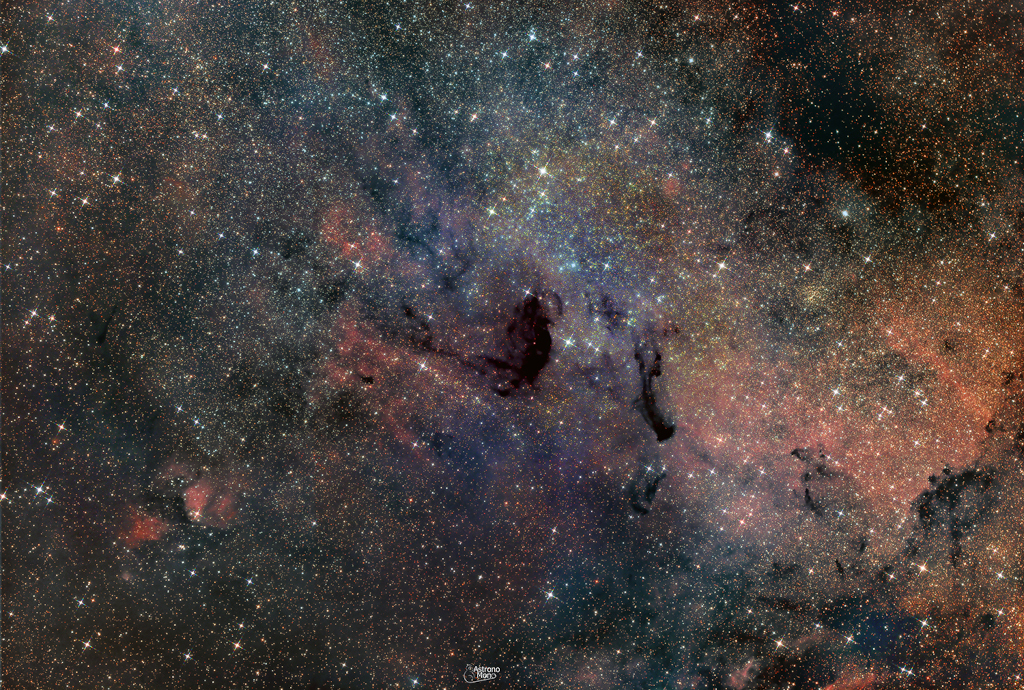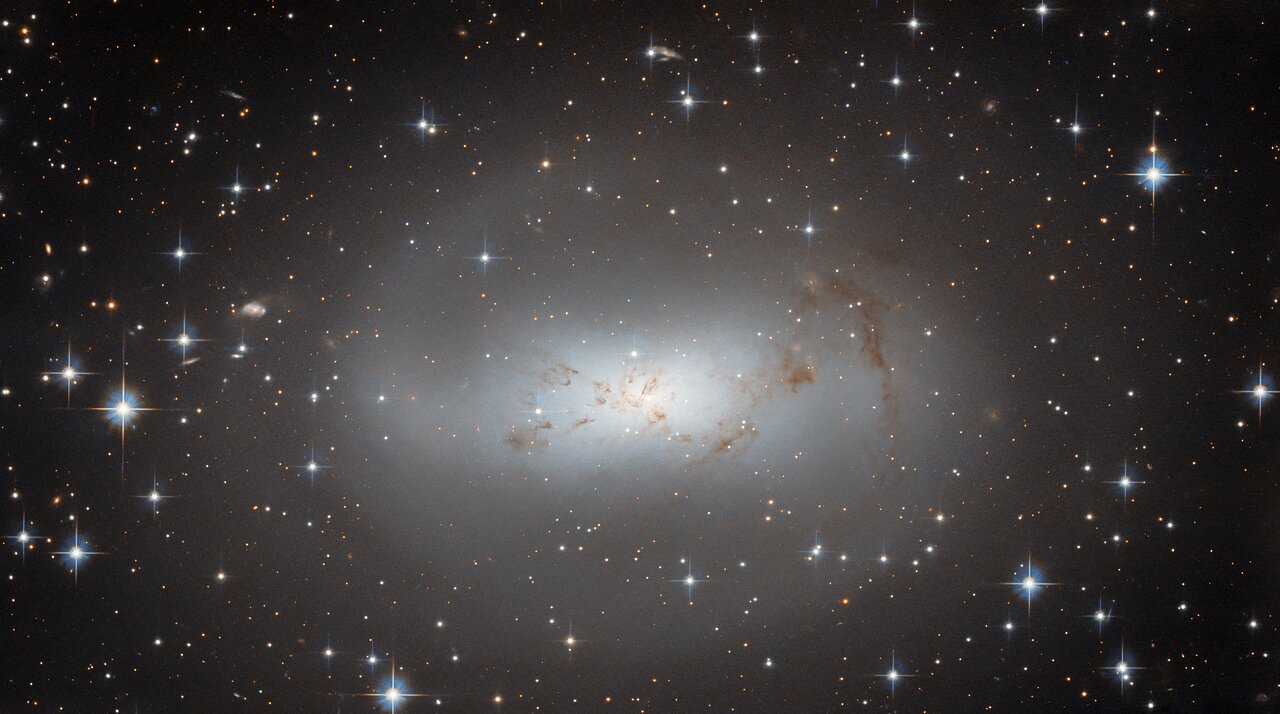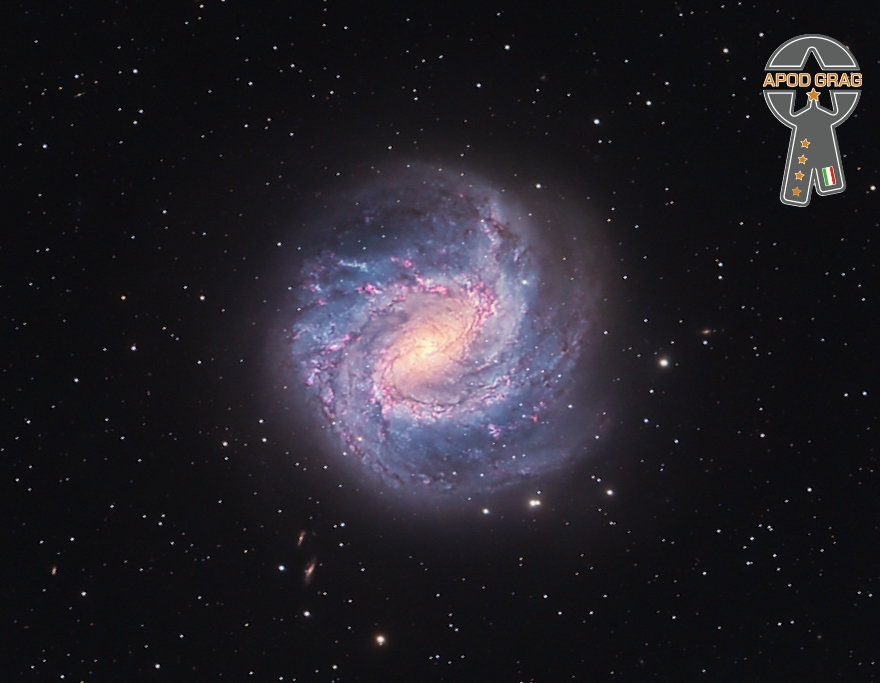Blog
Stanley Clarke (born June 30, 1951) is an American bassist, composer and founding member of Return to Forever, one of the first jazz fusion bands. Clarke gave the bass guitar a prominence it lacked in jazz-related music. He is the first jazz-fusion bassist to headline tours, sell out shows worldwide and have recordings reach gold status.
Clarke is a 5-time Grammy winner, with 15 nominations, 3 as a solo artist, 1 with the Stanley Clarke Band, and 1 with Return to Forever. Clarke was selected to become a 2022 recipient of the National Endowment for the Arts Jazz Masters Fellowship.
A Stanley Clarke electric bass is permanently on display at the National Museum of African American History and Culture in Washington, D.C.
Clarke was born on June 30, 1951 in Philadelphia. His mother sang opera around the house, belonged to a church choir, and encouraged him to study music.
more...Andrew Hill (June 30, 1931 – April 20, 2007) was an American jazz pianist and composer.
Jazz critic John Fordham described Hill as a “uniquely gifted composer, pianist and educator” although “his status remained largely inside knowledge in the jazz world for most of his career.” Hill recorded for Blue Note Records for nearly a decade, producing a dozen albums.
Andrew Hill was born in Chicago, Illinois, to William and Hattie Hill. He had a brother, Robert, who was a singer and classical violin player. Hill took up the piano at the age of thirteen, and was encouraged by Earl Hines. As a child, he attended the University of Chicago Experimental School. He was referred by jazz composer Bill Russo to Paul Hindemith, with whom he studied informally until 1952.
While a teenager, he performed in rhythm and blues bands and with touring jazz musicians, including Charlie Parker and Miles Davis. Hill recalls some of his experience as a youngster, during a 1964 interview with Leonard Feather: “I started out in music as a boy soprano, singing and playing the accordion, and tap dancing. I had a little act and made quite a few of the talent shows around town from 1943 until 1947. I won turkeys at two Thanksgiving parties at the Regal Theatre,” parties sponsored by the newspaper Chicago Defender, which Hill coincidentally used to sell on the streets.
more...Within this cante jondo several types must be distinguished. On the one hand, we find the soleá grande (four lines); the soleá del cambio (to finish off and in another tonality); the soleá por bulerías(harmony of soleá and compás de bulería); the soleá corta, the soleariya (shortened melody soleá with the first verse reduced to four syllables); the soleá apolá (with which the pole closes, another type of triana soleá); the soleá de preparación (to start a specific cante); and those of zurraque(typical of the potters).
The soleá has been establishing its own style in each place where it has been practiced, for example, it is inevitable to speak of the soleá of Triana, so typical of this neighborhood, the cradle of Sevillian singers such as El Moreno or Francisco Amaya. Referring to the styles of other corners of Andalusia, we must also speak of those of Cádiz and the Ports, of Jerez, of Alcalá, of Utrera and Lebrija, of Córdoba and Marchena, among others.
Soleá is a complex flamenco style, full of feeling and considered one of the most traditional of this artistic genre. A style that has influenced others and is part of the essence of this art. Seeing a soleá live is a highly recommended experience for lovers and fans of pure and traditional flamenco.
https://www.youtube.com/watch?v=EednEVElCkM&t=59s
more...M24 is not a bright galaxy, star cluster, or nebula. It’s a gap in nearby, obscuring interstellar dust clouds that allows a view of the distant stars in the Sagittarius spiral arm of our Milky Way galaxy. Direct your gaze through this gap with binoculars or small telescope and you are looking through a window over 300 light-years wide at stars some 10,000 light-years or more from Earth. Sometimes called the Small Sagittarius Star Cloud, M24’s luminous stars fill this gorgeous starscape. Covering over 3 degrees or the width of 6 full moons in the constellation Sagittarius, the telescopic field of view includes dark markings B92 and B93 near center, along with other clouds of dust and glowing nebulae toward the center of the Milky Way.

more...
Alexandre Lagoya (29 June 1929 – 24 August 1999) was a French classical guitarist and composer. His early career included boxing and guitar, and as he cites on the sleeve of a 1981 Columbia album, his parents hoped he would outgrow his predilection for both.
Lagoya was born in Alexandria, Egypt, to a Greek father and an Italian mother. By 1955, when he married the French guitarist Ida Presti, his career had already begun. On the sleeve of his 1981 record with Columbia, Lagoya pays deep tribute to Presti and admits that after her premature death he was unable to play for years. He returned to the guitar as a teacher, tutoring among other famous guitarists the Canadian virtuoso Liona Boyd (who claims in her autobiography that she was also his lover). In the early 1980s, aged 52, he burst back on the international scene with a record for Columbia and an international tour.
more...Eva Narcissus Boyd (June 29, 1943 – April 10, 2003), known by the stage name of Little Eva, was an American singer, well known for her 1962 hit “The Loco-Motion“.
Boyd was born in Belhaven, North Carolina in 1943 and had twelve siblings. At the age of fifteen, she moved to the Brighton Beach section of Brooklyn, New York. As a teenager, Boyd worked as a maid and earned extra money as a babysitter for songwriters Carole King and Gerry Goffin.
It is often claimed that Goffin and King were amused by Boyd’s particular dancing style, so they wrote “The Loco-Motion” for her and had her record it as a demo (the record was intended for Dee Dee Sharp). However, as King said in an interview with NPR and in her “One to One” concert video, they knew she could sing when they met her, and it would be just a matter of time before they would have her record songs they wrote, the most successful being “The Loco-Motion”. Music producer Don Kirshner of Dimension Recordswas impressed by the song and Boyd’s voice and had it released. The song reached No. 1 in the United States in 1962. It sold over one million copies, and was awarded a gold disc. After the success of “The Loco-Motion”, Boyd was stereotyped as a dance-craze singer and was given limited material.
The same year, Goffin and King wrote “He Hit Me (And It Felt Like a Kiss)” (performed by the Crystals) after discovering that Boyd was being regularly beaten by her boyfriend. When they inquired why she tolerated such treatment, Eva replied without batting an eyelid that her boyfriend’s actions were motivated by his love for her.
more...Julian Priester (born June 29, 1935) is an American jazz trombonist and occasional euphoniumist. He is sometimes credited “Julian Priester Pepo Mtoto”. He has played with Sun Ra, Max Roach, Duke Ellington, John Coltrane, and Herbie Hancock.
He was born in Chicago, Illinois, United States. Priester attended Chicago’s DuSable High School, where he studied under Walter Dyett. In his teens he played with blues and R&B artists such as Muddy Waters, and Bo Diddley, and had the opportunity to jam with jazz players such as the saxophonist Sonny Stitt.
In the early 1950s, Priester was a member of Sun Ra‘s big band, recording several albums with the group, before leaving Chicago in 1956 to tour with Lionel Hampton, and he then joined Dinah Washington in 1958.The following year he settled in New York and joined the group led by drummer Max Roach, who heard him playing on the Philly Joe Jones album, “Blues for Dracula” (1958). While playing in Roach’s group, Priester also recorded two albums as a leader, Keep Swingin’ and Spiritsville, both of which were recorded and released by Riverside (the latter by their Jazzland subsidiary) in 1960.
more...The highly irregular galaxy ESO 174-1, which resembles a lonely, hazy cloud against a backdrop of bright stars, dominates this image from the NASA/ESA Hubble Space Telescope. ESO 174-1 lies around 11 million light-years from Earth and consists of a bright cloud of stars and a faint, meandering tendril of dark gas and dust. This image is part of a collection of Hubble observations that aims to get to know our nearby galactic neighbours. To be more precise, the observations aim to resolve the brightest stars and basic properties of every known galaxy within 10 megaparsecs. A parsec is a unit used by astronomers to measure the vast distances to other galaxies — 10 megaparsecs translates to 32 million light-years — and makes astronomical distances easier to handle. For example, the nearest star to the Sun, Proxima Centauri, is about 1.3 parsecs away. In everyday units this is a staggering 40 million million kilometres! The programme to capture all of our neighbouring galaxies was designed to use the 2-3% of Hubble time that absolutely no other observing programme can use. Many of the myriad objects that Hubble observes can only be seen at certain times of year, which makes filling out the observatory’s schedule a daunting logistical challenge. Observing programmes such as the one which captured ESO 174-1 help Hubble’s operators get the most out of every last minute of observing time. [Image Description: A galaxy, large and occupying most of the view from the centre. The whole galaxy is made of smooth, diffuse light. In the centre it is brighter and bluer, fading to a pale grey halo that is faint and see-through. The light forms an arm on one side that curls around the top. A couple threads of dark dust cross the centre. Many stars shine around the galaxy, on a black background.]

Anthony John Medeski (born June 28, 1965) is an American jazz keyboard player and composer. Medeski is a veteran of New York’s 1990s avant-garde jazz scene and is known popularly as a member of Medeski Martin & Wood. He plays the acoustic piano and an eclectic array of keyboards, including the Hammond B3organ, melodica, mellotron, clavinet, ARP String Ensemble, Wurlitzer electric piano, Moog Voyager Synthesizer, Wurlitzer 7300 Combo Organ, Vox Continental Baroque organ, and Yamaha CS-1 Synthesizer (a “kids’ toy”), among others. When playing acoustic piano, Medeski usually plays the Steinway piano and is listed as a Steinway Artist.
Medeski was born in Louisville, Kentucky, and grew up in Florida. After studying piano as a child (starting when he was five years old), he began as a teenager to perform with musicians such as Mark Murphy and Jaco Pastorius. He attended Pine Crest School. In 1983, after graduating from high school, he began studying piano at the New England Conservatory in Boston, where he performed as a sideman with Dewey Redman, Billy Higgins, Bob Mintzer, Alan Dawson. Medeski attributes his early interest in playing improvised music and jazz to listening to Oscar Peterson.
more...David “Honeyboy” Edwards (June 28, 1915 – August 29, 2011) was a Delta blues guitarist and singer from Mississippi.
Edwards was born in Shaw, Mississippi. He learned to play music from his father, a guitarist and violinist.At the age of 14, he left home to travel with the bluesman Big Joe Williams, beginning life as an itinerant musician, which he maintained through the 1930s and 1940s. He performed with the famed blues musician Robert Johnson, with whom he developed a close friendship. Edwards was present on the night Johnson drank the poisoned whiskey that killed him, and his story has become the definitive version of Johnson’s demise.
more...Joe “Fox” Smith (né Joseph Emory Smith; June 28, 1902 – December 2, 1937) was an American jazz trumpeter.
Known throughout his childhood as “Toots”, Smith originally started as a drummer but was convinced by Ethel Waters that he was far better as a trumpet player. It has been said that when he reached New York in 1920 he already had a fully formed style, which achieved “the vocalized sound, the blues spirit and the swing which makes for convincing jazz performance”.
In 1921, Smith joined the Black Swan Jazz Masters in Chicago, Illinois, directed at the time by Fletcher Henderson who described Smith as “the most soulful trumpet I ever had”. He also worked with the Jazz Hounds, the Broadway Syncopators, and finally with McKinney’s Cotton Pickers throughout the 1920s. He became famous from his work accompanying Bessie Smith, recording over 30 records. She stated that Smith was her preferred cornetist when recording, due to his reserved additions to her voice.Some of the other artists he worked with include Billy Paige, Noble Sissle, Eubie Blake, and Allie Ross.
more...- Messier 83 or M83, also known as the Southern Pinwheel Galaxy and NGC 5236, is a barred spiral galaxy approximately 15 million light-yearsaway in the constellation borders of Hydra and Centaurus. Nicolas-Louis de Lacaille discovered M83 on 23 February 1752 at the Cape of Good Hope. Charles Messier added it to his catalogue of nebulous objects (now known as the Messier Catalogue) in March 1781.

James Evans Fuller (June 27, 1947 – March 3, 2017) was the lead guitaristand main songwriter for the 1960s rock band The Surfaris.
Fuller was known as the “Godfather” of surf music, a Californian instrumental music.
He was also a studio musician, and performed on many other artists’ such as “The Seeds”, rock, folk, and blues songs throughout his career, performing vocals, lead and bass guitar.
Fuller, with his Fender Stratocaster guitar in photographs and its sound on The Surfaris albums, contributed to the popularity of Leo Fender‘s instruments.
He is featured on “Hollywood’s Rock Walk of Fame”.
As of 2004 he continued to perform with The Surfaris and his other band, “Jim Fuller & The Beatnik” with a fan base in United States, Europe, and Japan.
He died on March 3, 2017, in Arcadia, California, at the age of 69.
Along with the rest of the Surfaris, Fuller was inducted into the Musicians Hall of Fame in 2019.
more...More Posts
- Sheikh Imam Day
- World Music with ALTAI KAI
- Daily Roots with Love Joys
- The Cosmos with M102
- Rashied Ali Day
- James Cotton Day
- Willie Dixon Day
- World Fusion with AKA Trio
- Daily Roots with Jennifer Lara
- The Cosmos with NGC 1073
- Maytisyahu Day
- Stanley Clarke Day
- Apostolos Nikolaidis Day
- Andrew Hill Day
- World Music with Carlos Núñez
- Daily Roots with Paula Clarke
- The Cosmos with M83
- Little Eva Day
- Julian Priester Day
- World Music with RAJERY